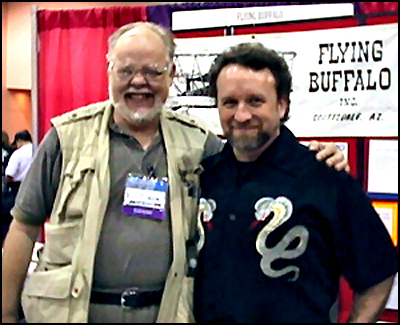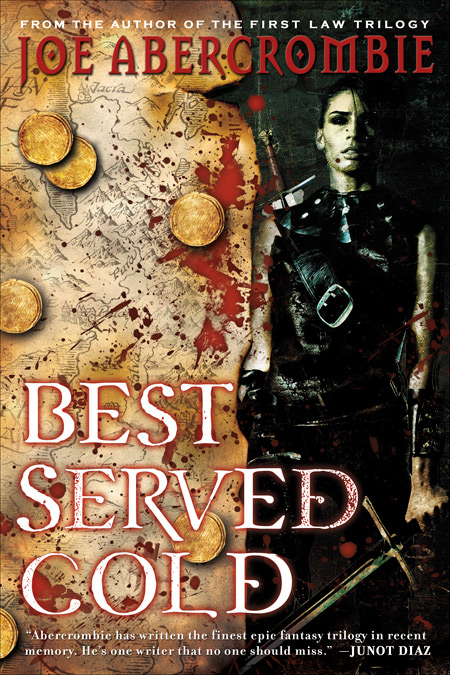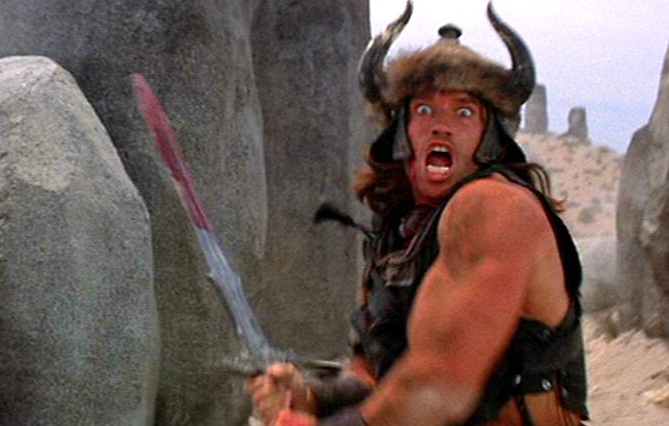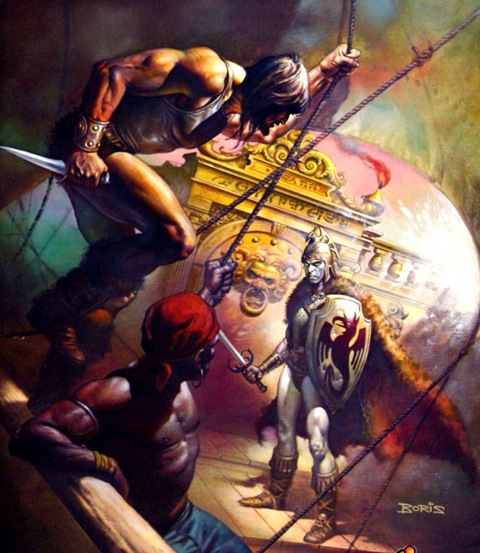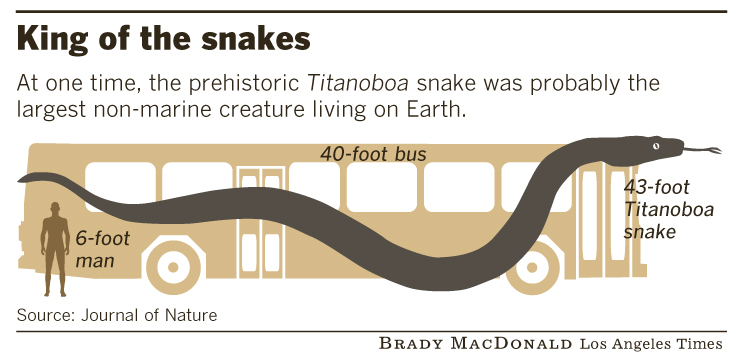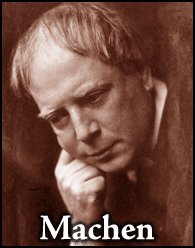Steve Tompkins, R.I.P.
Friday, April 17, 2009
posted by Steve Trout
This will be inadequate. I’m sorry, but even the best I could do would be inadequate. And I don’t expect this will be the best I can do, but it is the best I can do and still be reasonably timely.
I was signing in at the 2000 PulpCon when a Californian REHupan, whose name I won’t disclose, informed me that “that guy whose zines no one can read” was also attending.
“Larry’s here?” I said. Larry Richter had been there the previous year, and I didn’t expect him to return so soon, due to his age and physical difficulties. Also, Larry’s writing style, though evidence of a brilliant and broadly experienced mind, was rather eclectic, and often forced me to mentally reparse his prose to get his meaning.
“No, no,” was the response. “I mean Steve Tompkins.”
Well, this also was good news. Steve had joined the Howard apa in August of 1995, but I had never met him in person. And I certainly found his writing readable — in fact, his was one of the zines I turned to first, when a mailing arrived. It was not the first time this prophet was without honor in his own land — another REHupan had called his zines “so seemingly clever as to be unintelligible”. To which Steve, with characteristic élan, thanked Morgan Holmes, I, and several others for pretending to find them intelligible, and then proceeded to give this guy a verbal smack down upside the head the likes of which I’ve never seen.
Steve’s writing style was also unique, and evidence of a brilliant and broadly experienced mind and an excruciatingly well-read one. Erudite wasn’t the half of it, he also seemed to be able to recall everything he had ever read — like he had a major fantasy library in his head. Looking back over the old mailings, I see my comment to his first zine, which included dozens of pages, was simply “Wild writing style.”
But it didn’t take long before we were exchanging snail mail letters (this being before everyone had e-mail), recommendations, and books (when he complained that the New York bookstores were charging $15-20 for Glen Cook’s Dread Empire series, I spent a week or so picking them up dirt cheap and sent them off, for which Steve was deeply appreciative).
Steve turned me on to Adam Corby (among others), and I in turn alerted him to the sequel (I would have scored him a copy had not Morgan Holmes bought it first). Together we pondered whether a third in the series would have occurred and why it might not have.
I would like to report that at PulpCon we spent long evenings regaling each other, but the sad fact is we exchanged pleasantries, went out to a group dinner together or two, but I came away thinking he was nice, but not nearly as verbose in person as he was in print. He certainly was genial enough, and I was glad to meet him, but our relationship seemed to be destined to be e-mail, zining, and blog posting.
We certainly exchanged many e-mails. Like me, he was very fond of cats, and we commiserated over feline losses. I’ll also never forget his e-mail reporting his experiences on 9-11, when he joined the panic-stricken mob fleeing the toxic dust cloud that followed the collapse of the Twin Towers. He said that his weight served him in good stead as lesser mortals were hockey-checked into plate windows and trampled underfoot. Of course, there were more downsides than upsides to carrying that weight.
I’m glad that his work made it into hard covers, with The Barbaric Triumph, The Black Stranger, Kull: Exile of Atlantis and eventually, I suppose Grim Lands. He came a long way from his start as a Marvel letter-hack. (Which I say without malice, as I graced some of those same pages myself) He could have gone much further. He will be missed. It is a great loss to all who knew him, and to the field he loved as well.

